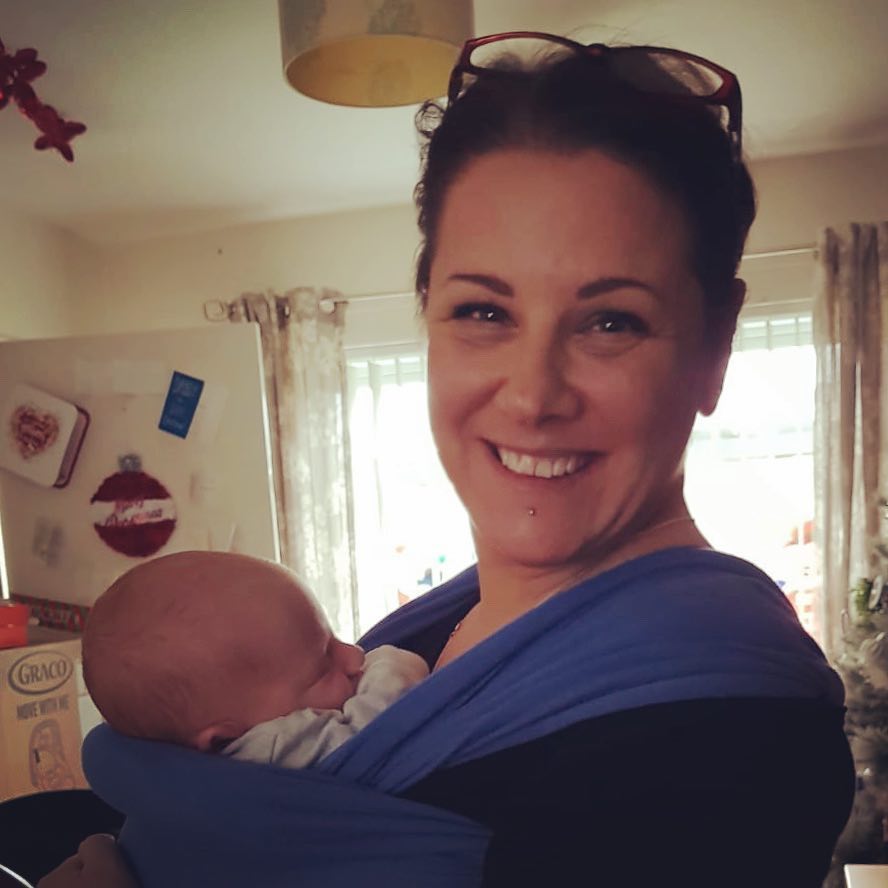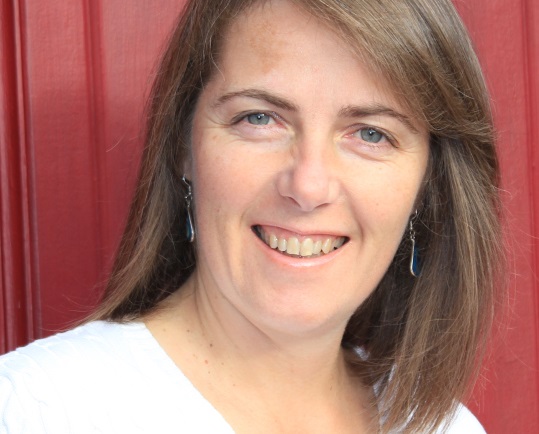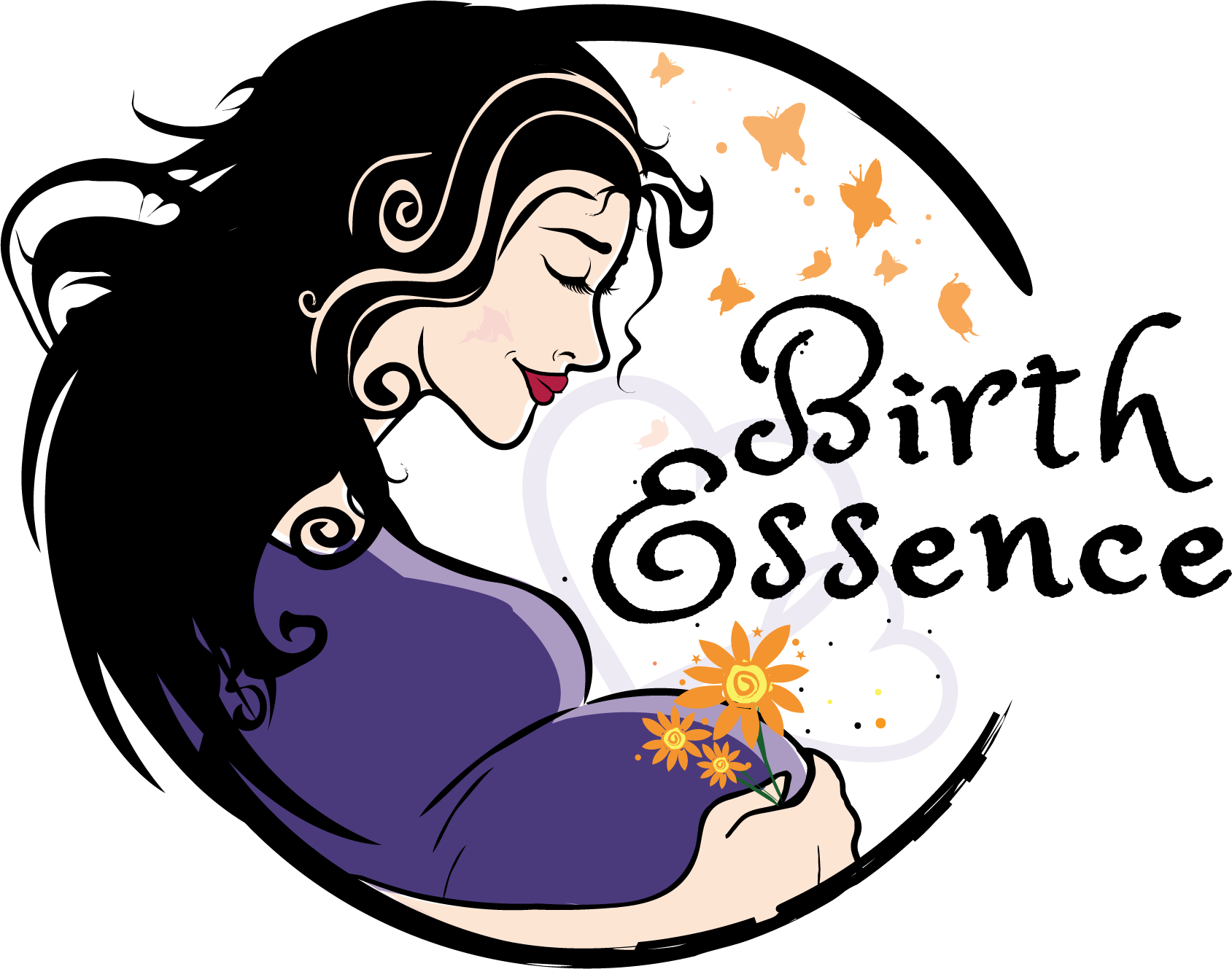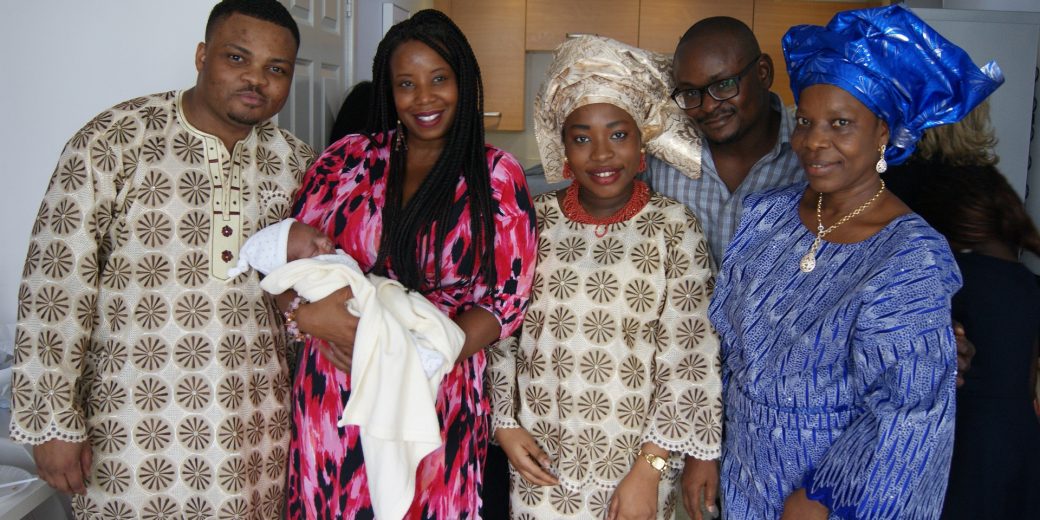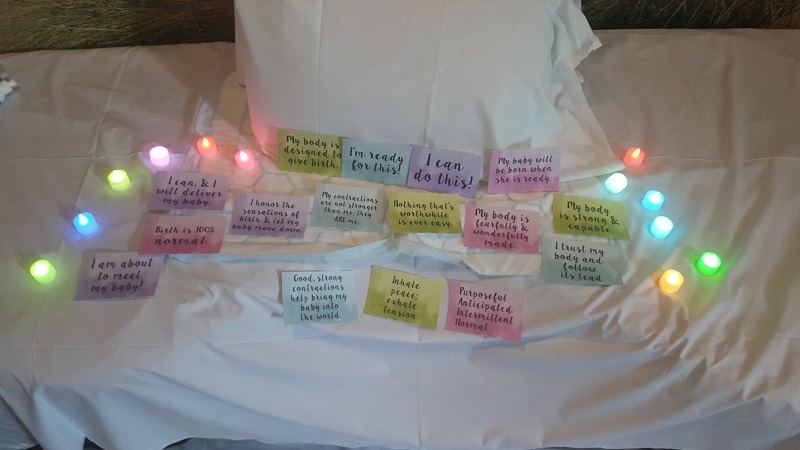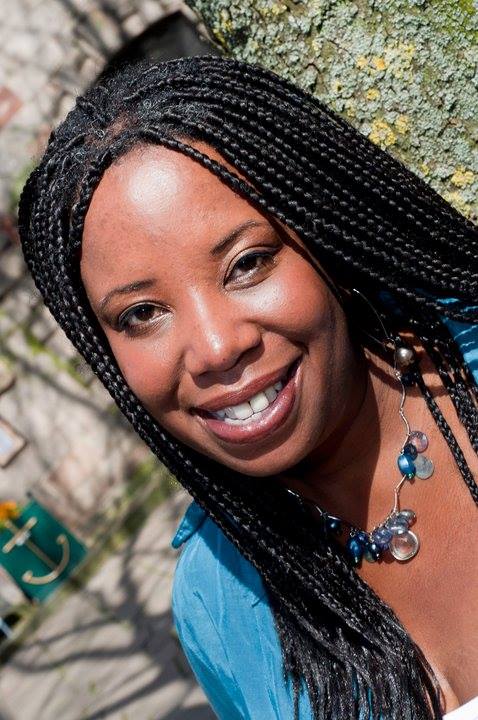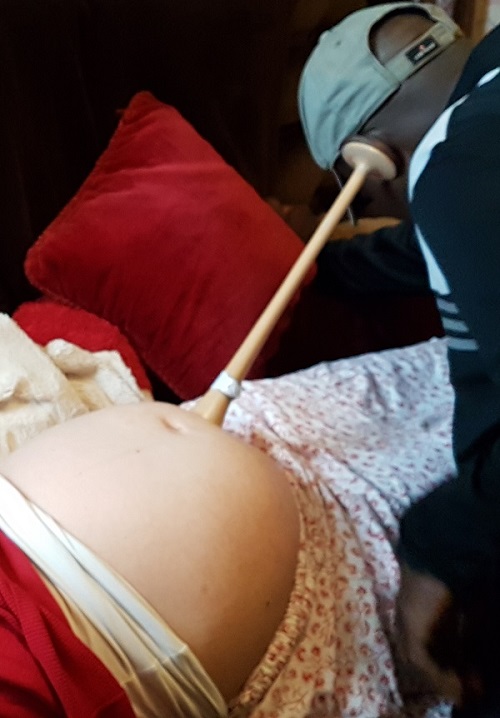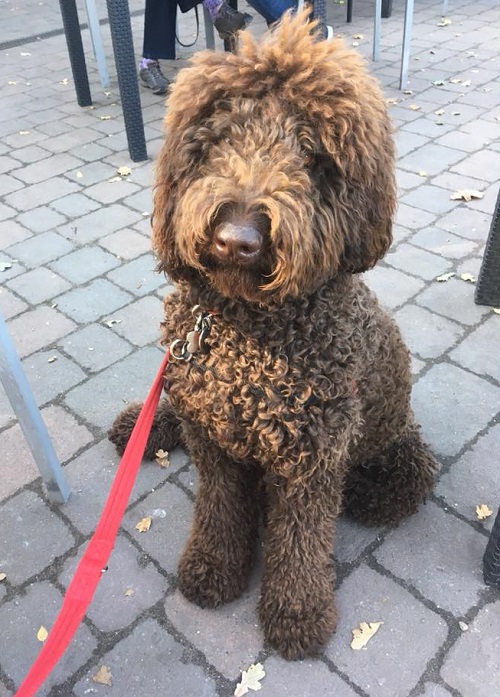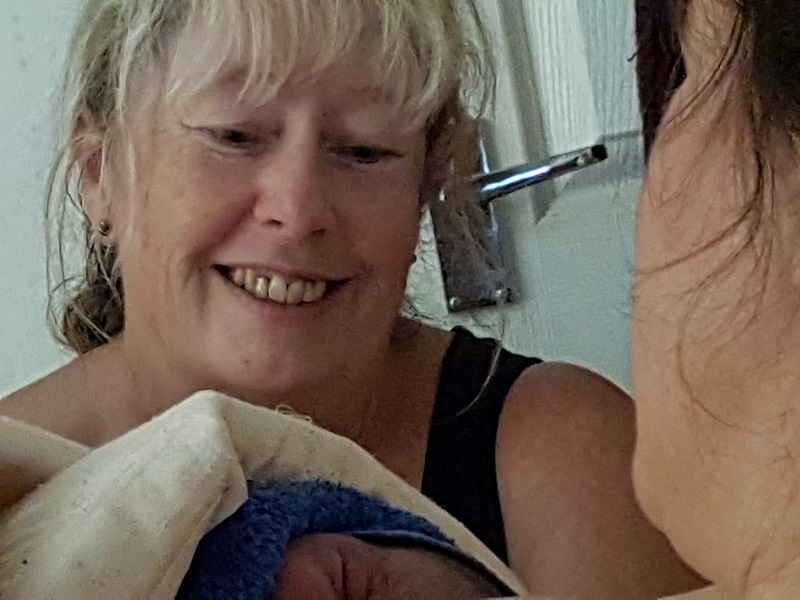I spent a lot of time preparing for the birth of my first child. Trawling the internet, ordering books to read and in-depth emotional clearing work. Somehow I still managed to leave some gaps. Some of these gaps are quite funny now- New born poo colour for example…! I actually thought as the thick treacly meconium gave way to bright yellow mush that it was all due to the lovely meal cooked by my husband I’d eaten the night before coming out somehow in my milk. (His African sauce was made with Palm Oil which is bright orange and solid at room temperature, liquid when heated and permanently stains everything it comes into contact with bright yellow.)
Some of the gaps in my knowledge caused me some temporary concern and added stress and I hope that this post will save some of you from the same needless worries that I experienced.
So here goes, in no particular order, I wish that I had known:-
1. To listen to my body not the estimated due date, which would be better phrased as a guess date or month.
I did kind of know that due dates are just an indication and that there is some question over the accuracy of the 40 week marker in the first place. ( See bottom of post for useful links on gestation length and EDD calculation.) I also knew that most first time mothers give birth at around 41 weeks. I just thought that would be the same for me. So at 38 plus 5 and contemplating the mammoth task of mounting the stairs I felt a wave of despair at the thought I could have another four weeks and how would I cope. It never occurred to me that this – plus the furious house cleaning- could be an indication that I wouldn’t have to wait that long...
At 39 weeks exactly, I waved my parents out of the door on Good Friday Evening and we all joked how they would be back soon enough. I shut the door and felt the first cramps. Oh…! I nearly called them back in but thought, "It’s probably Braxton Hicks, I’ve not had any of those yet…."
Takeaway Number 1: Listen to your body and be prepared.
2. That early labour can feel like period pains
Those first ‘Braxton Hicks’ were very low down, dull aches across where my uterus would be were I not pregnant. They felt like period pains. I watched the wild thought fly across my awareness that maybe something was wrong. I was expecting big waves of contractions right across my lovely big belly. I think I was forgetting about a gradual progression of labour and expecting to be thrown right into the most intense labour sensations from the get go.
Still I did at least do something right here. I checked out the panicked thoughts, reassured myself that I was all good and as it was nearly 11pm, I went to bed. It was a restless night that felt like one big contraction but I got a decent amount of sleep in between. I woke at 9 am when I could not ignore that I was in labour any longer as they were now close to 5 minutes apart.
Takeaway Number 2: Connect with the sensations in your body and enjoy the knowledge your body is working for you and get rest while you can.
3.Some fresh red blood is to be expected when the plug goes, this did not mean I was bleeding to death.
Another one of those fleeting thoughts that had my heart rate racing. I knew to expect a plug shaped piece of tissue. And there was no mistaking the plug when it arrived. It was, well like my bathroom plug same shape and size and quite solid. Despite the name I wasn’t expecting it to be so pluglike. But somehow I hadn't expected a little gush of blood.
I breathed through the panic and my fears of looking stupid and rang my midwife. She was wonderful and suggested I put a pad on and check the amount of blood then call her back. Great advice and as I put the phone down I realised I was not bleeding any more beyond the couple of drops that had spread out on my clothes and looked much more than they actually were. Thanking my mind once more for its extreme caution in wanting to keep me safe I relaxed again.
I will quickly add that you may not get an obvious plug like I did. Some women lose the plug weeks before labour starts and some like me during my second son's birth, never know if they lost it down the toilet without realising or some time in labour as they never see it and there are all kinds of variations in between.
Takeaway Number 3: Slow down and breathe. Ring your midwife and ask even if you feel stupid.
4. That later labour can feel like the baby is coming out of your bottom not your vagina.
So useful to know! It really does feel like that. Another unexpected surprise. The pressure of the baby taking up the space in your body causes you both to feel like the baby is coming out of your bottom and for you to actually evacuate your bowels for real. So yes both these are great signs that your baby is on the way and good things to know in advance.
Takeaway Number 4: Expect to poo, and know it's a good sign.
5. That Vaginal Examinations are not compulsory.
I believed that I needed to be examined at least once, found to be the magic ten cm and given permission to push. I knew I was going to follow my body regardless of numbers, I just thought that was the system and I would have to go along with it. I have since learned that I could have said no to the one examination I did have. It was so clear to all around that I was in labour and doing well, an examination wasn’t necessary. I didn't really want one, I just thought I had to.
Here I have to say my midwife was wonderful. She asked permission, asked if I had had one before ( I hadn’t) and was totally gentle so I could hardly feel it. She then pronounced me 8 cm. Although I would have refused had it been clear to me this was an optional intervention, this announcement actually helped dispel the worry that I had called her out too early and was going to look stupid when she said sorry you are not in labour yet!
Finally I want to really stress that vaginal examinations are a choice and you are the one with the power to choose what is right for you. I was aware that they only tell you what is going on in that moment and that can change. I knew that birth is not linear despite the (mostly male created (charts that imply a certain progression per hour. I had heard many anecdotes of women I know personally and their friends or family who had nearly given birth in triage as labour progressed so quickly. I knew all this but at the time did not know I could make my own choice. Some women find them reassuring as I did in this example. Others prefer not to know and there is a danger of feeling discouraged if you have laboured for a while without any corresponding increase in openness. This seeming lack of change on its own does not mean that nothing is happening. Again listening and communicating with your own body will help you decide what you need.
As for me in this birth story, the official confirmation that I was truly in labour and pretty far on was like a load lifted. I got back up and onto my knees on the floor, for the final stages of opening my body. For that 8 cm was moving pretty fast now, I was not on any arbitrary linear timescale. I had no idea what timescale I was on as I was moving deep into the labour trance world and nothing made much sense any more. There was just one more hesitation on my part.
Takeaway Number 5: You have the power to choose what support you need. You can say no to vaginal examinations.
6. You don’t need permission to start pushing
Not if your body is spontaneously pushing even as you concentrate on relaxing deeply and going with the flow of the birthing energy. Try stopping that life force. That kind of pushing is impossible to stop.
Sometimes women are told they must wait until they get to ten centimetres, whereas in some cultures women are told to start pushing from the first contractions and push all the way through labour. I have always been confused by these seeming contradictions and the lack of trust implied in the process and the woman and baby giving birth. (Check the end of the post for more information on pushing before 10 cm) i
In the mean time there I was on my knees, head buried in the couch, swaying, when I felt my body begin to push. "Oh," I thought, "I am only 8 cm? Will I be in trouble? Should I tell her?" I lifted my head just long enough to say tentatively, "my body wants to push now." "You just go with what your body wants to do," my midwife replied gently. AAhh so good. The last worry smoothed away with just those few words. I dropped my head into the sofa again and let everything go.
Takeaway Number 6: Spontaneous Pushing is impossible to stop or control but can feel fantastic. Trust your body.
(A small aside- if you are a community midwife who attended a home birth on Easter Saturday in Handsworth and you recognise this story. Thank you. You were so lovely. You always asked permission, explained and exuded a quiet confidence and respect that was catching. I would love to hear from you if you ever read this- I cannot remember your name.)
7. It is totally normal for the baby to do bit of a to and fro dance just before finally emerging.
I felt my son come right up between my legs during the contraction. As I relaxed into the quiet space I felt him move straight back again. With the next contraction, he surged forwards enthusiastically, then fell back again as it subsided. Now as I write and remember this rhythm I am reminded of the sea, gentle waves that lap the shore and the water trickling back to the ocean. It was exactly like that. It serves a purpose, I believe, to soften and prepare your body. Your baby is also an active partner in the birth and needs to rotate himself into position as he comes out.
My son was gearing up for his final exit where he would shoot accross the pool as I sat up to see him. What I would do differently if I could go back would be to have more patience and really enjoy this part. There was no pain as I floated in my pool. It was a fabulous opportunity to connect with my son, reassure him all was well and to take his time rather than question in my head if that was normal or not.
Takeaway Number 7: Be patient and take your time as you start to crown. A bit of to and fro is normal and may help.
8. Keeping mother and baby warm after the birth is vitally important.
We were so in love with our new son that we didn’t get out of the pool. Unfortunately, the room was colder than we would have liked due to an unforeseen heating problem and I started to feel chilly. The midwives had been filling in their paperwork and hadn’t realised we were getting cold. It was easily rectified with some warm towels, dressing gown and blanket but we came close to needing a transfer for a cold baby.
What I did learn with this experience is just how amazing we women are. I may have been blissfully unaware of the temperature of my serene baby but my body knew differently. As my husband and midwives wrapped us in a bundle I started to sweat. The only comparable heat I have experienced is during a fever. My body became a furnace and heated my baby so fast that my lovely midwife wondered if she had made a mistake taking his temperature. I know, as did my body that she didn’t and my birthing story ended happily with the midwives leaving to sleep as my husband and I remained resting on our sofa enjoying our baby as he took his first feed.
So there you have it. 8 tips from the birth story of my first son. I hope you find them useful. If you have any of your own to share, please comment and let me know.
